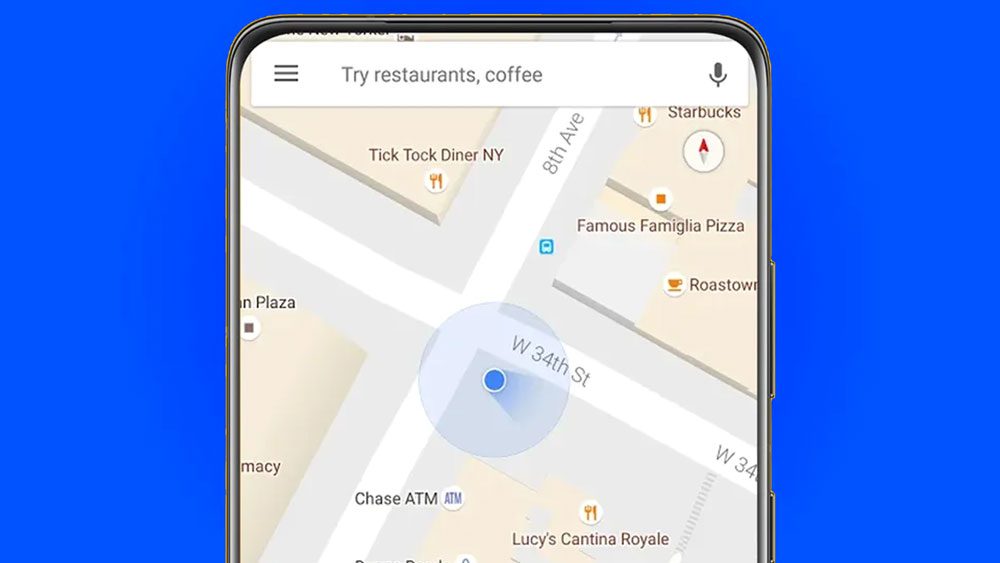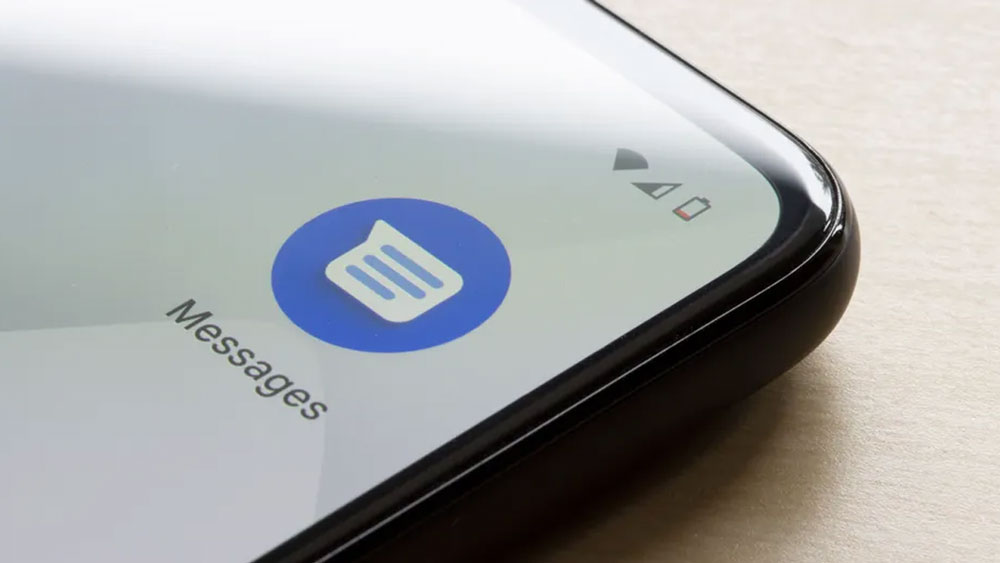
Google Messages is expected to receive a few additional capabilities to make the service more helpful and safe to use. And we’re excited to sample both once they’re available.
The first is that Google appears to be preparing to add live location sharing to its app. That is according to Android Authority’s most recent APK breakdown.
You can presently share your location with another person using Google Maps, but the information is sent as a static Google Maps pin. If you move, you’ll have to resend your location, which can make meeting up while out and about difficult.

Live-Location-Sharing
This appears to be changing, as a single string referencing “live_location_sharing_shortcut” has been spotted in the most recent beta code.
The functionality is not currently available, but the string indicates that Google is most likely testing live location sharing behind the scenes and may be planning to deploy it in a future beta.
As always, Google may never release live location sharing, but given how useful it can be, here’s hope it does – and soon.
Sensitive Content Warnings incoming
The other upgrade, which was announced in February but appears to be available for a limited number of users via the most recent Messages beta, is new Sensitive Content Warnings.
They will surface if a Google Messages user sends or receives nude photographs (if the setting is enabled), but for adults, it is turned off by default. Meanwhile, accounts held by anyone under 18 will have the functionality enabled by default.
Supervised accounts cannot disable the warnings directly (but parents may do so via the Family Link app), however, unsupervised minors (aged 13 to 17) can disable the alerts in their Google Account settings if they like.
To modify your settings, open Google Messages on your Android device, press on your profile image, and then select Messages Settings. Scroll down to Protection and safety, then Manage sensitive content warnings, where you may toggle Warnings in Google Messages on/off.

Google claims that these warnings are handled by on-device AI (the feature “doesn’t send identifiable data or any of the classified content or results to Google servers”).
If the Android System SafetyCore, underpinning the feature, suspects the image contains nudity, a few things happen.
First, if the sender has the functionality enabled, they will be informed about the dangers of sending nude photographs before being prompted to confirm whether they want to transmit them. Similar warnings and confirmations may show if you attempt to share a nude image with another person.
The receiver will then (if content warnings are enabled) see a blurred image, be cautioned about how nude images can be harmful, have the choice to delete the image before viewing it, block the number that delivered the image, and view the image if they desire.
With the feature finally appearing, it shouldn’t be long before more people can rely on AI-powered content alerts to keep them safe online.
Views: 86


















